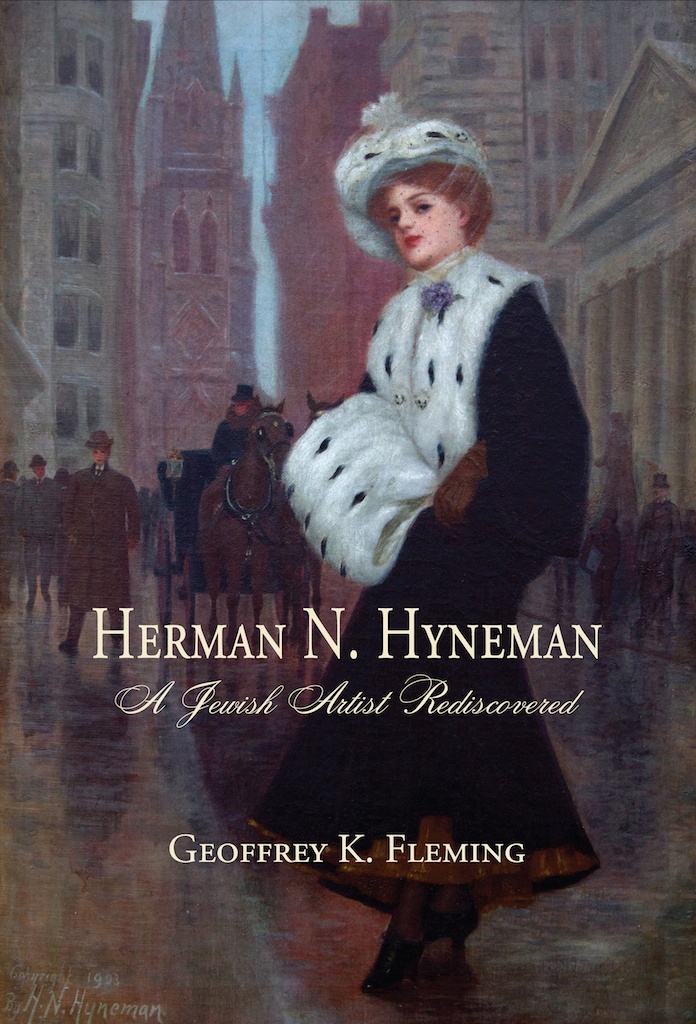If you were to ask most knowledgeable art curators and dealers to name a predominately 19th century Jewish American artist, your question would most likely be met with silence. However, the name of Herman N. Hyneman (1849-1907), a prominent Jewish painter who worked in Paris, Philadelphia, and New York during that era, should be included. Noted for his beautiful depictions of women, Hyneman was among the more successful artists working on the East Coast during the late 19th and early 20th centuries.
Born in Philadelphia, Hyneman reportedly showed great precocity for drawing and eventually attended the Philadelphia Boys Central High School. He never completed his education, instead yearned to be like his cousin, Moses Ezekiel (1844-1917), who had moved permanently to Europe in the late 1860s to work as a sculptor. Bolstered by his cousin’s early success, Hyneman traveled to Europe in 1874, where he began studies with the French artist, Leon Bonnat (1833-1922).
Following the completion of his artistic studies in 1882 and for the next three decades, Herman Hyneman exhibited regularly in America at the National Academy, the Salmagundi Club, the Philadelphia Society of Artists, the American Art Association, the American Society of Artists, the Carnegie Institute, and The Art Institute of Chicago. Many of these works were genre scenes of many different varieties, but he also exhibited portraits and an occasional still-life. He is also known to have painted scenes of Coney Island, located along the south shore of Long Island, New York, depicting men, women, and children enjoying the sandy beaches.
However, Hyneman is perhaps best known today for his paintings of lovely young women out in the snow, most often depicted with various landmarks located in New York City. These types of paintings were immediately popular, becoming a normal part of the artist’s oeuvre, and during his lifetime were reproduced as postcards, calendars, and in mass-produced prints.
Southold Historical Society
www.southoldhistoricalsociety.org

